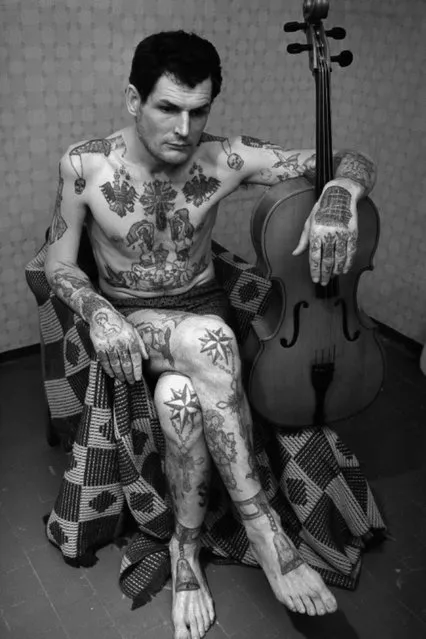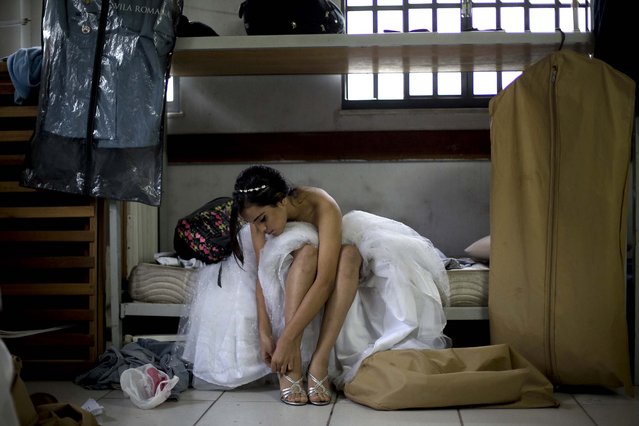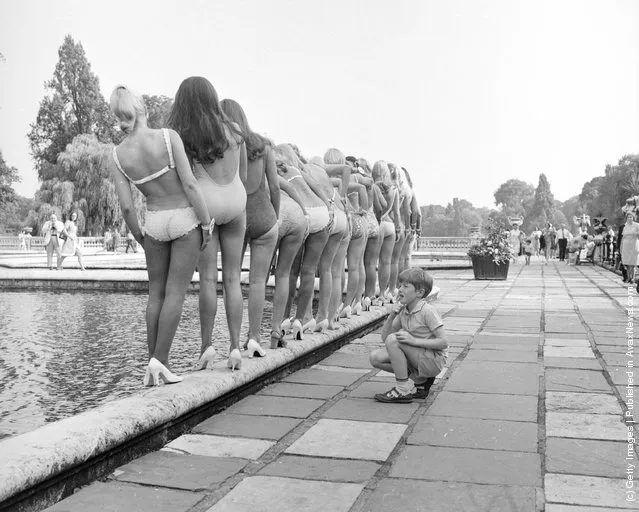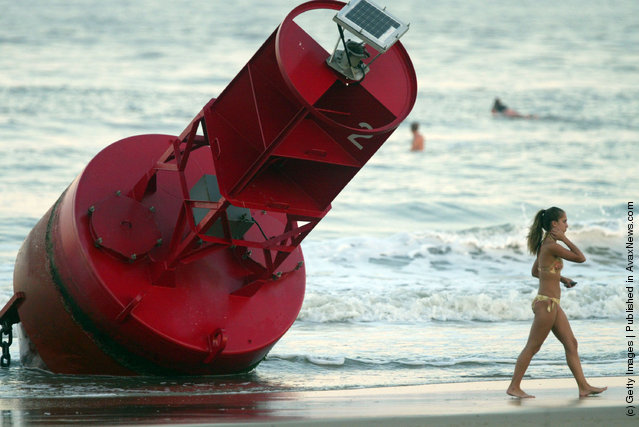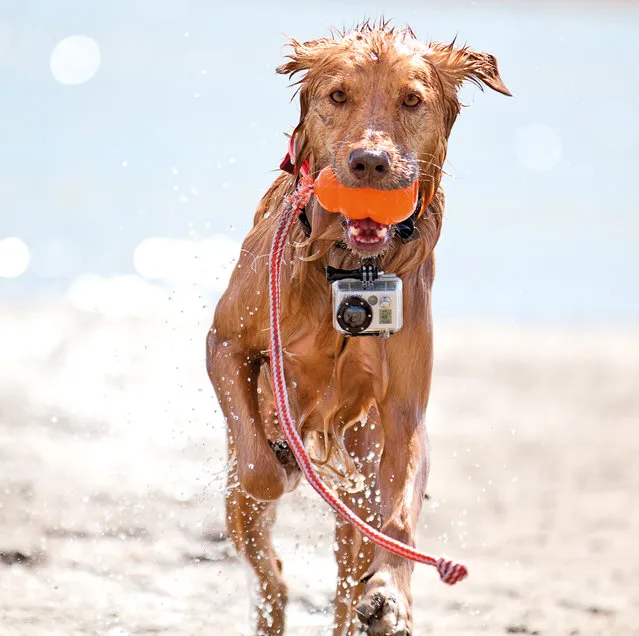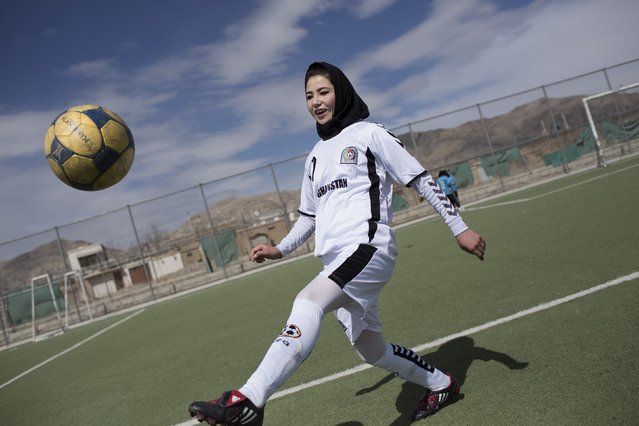
A female soccer player controls a ball during a training session at the Golab Trust Sport Complex in Kabul March 10, 2014. Despite decades of conflict in Afghanistan, and several recent militant attacks, the country's capital Kabul is home to a vibrant youth scene of musicians, artists, athletes and activists. Shopping malls and cafes stand in the city, which is nonetheless beset by infrastructure problems and instability. (Photo by Morteza Nikoubazl/Reuters)
06 Apr 2014 09:39:00,post received
0 comments

